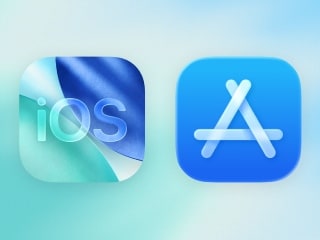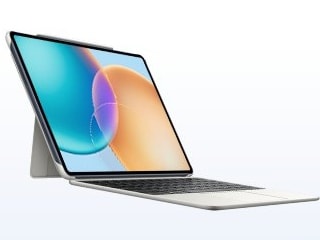- Home
- Science
- Science News
- Ryugu Samples Are Most Contaminant Free Outer Solar System Particles, Says Study
Ryugu Samples Are Most Contaminant-Free Outer Solar System Particles, Says Study
The asteroids, in the past, have been studied after they have entered Earth's atmosphere, which tends to alter the chemical composition of the sample.

Photo Credit: Press Release/JAMSTEC
The origin of Ryugu was deduced by researchers studying nitrogen, hydrogen components found in the sample
The samples from the Ryugu asteroid brought back by Hayabusa-2, an exploration spacecraft sent by the Japanese Aerospace Exploration Agency, could be the most contaminant-free rocks from outer space ever examined by humans. In an in-depth analysis conducted by a team of Japanese researchers at JAMSTEC (Japan Agency for Marine-Earth Science and Technology), it is found that the samples brought on Earth in December 2020 by the Japanese aircraft are the most “uncontaminated” samples.
This will help scientists get a crystal-clear insight into the chemistry of the particles incorporated in asteroid Ryugu. The study was published in Nature.
Our solar system has a 4.6-billion-long history. And, a lot of transformations have been witnessed in this ever-expanding universe ever since the asteroids and comets flying around in outer space act as time capsules. These space rocks contain traces of the chemistry of the early solar system.
These asteroids, in the past, have been studied only after they have entered the Earth's atmosphere, which tends to alter the chemical composition of the sample. Further delay in collecting the samples tends to make more changes. This transformation is termed terrestrial weathering. The samples, collected by Hayabusa-2, are free from terrestrial weathering and other contaminants.
“The material from which asteroid Ryugu formed originated in the outer solar system, and while it experienced significant aqueous alteration on its parent asteroid, it has never been significantly heated and so retains its primitive characteristics,” researchers, elaborating on the sample analysis, said in a statement.
The origin of Ryugu, from the outer solar system, was deduced by researchers studying the nitrogen and hydrogen components found in the sample. The isotopic composition of nitrogen and hydrogen of the Ryugu particles was compared to various other extra-terrestrial materials. The data that came out suggested that the Ryugu particles were formed in the outer solar system.
The asteroid also shows “first-of-its-kind” evidence of water-mineral-organics interaction on an asteroid. This makes the asteroid one of the potential sources of organics and water to the inner solar system, including our planet Earth.
Get your daily dose of tech news, reviews, and insights, in under 80 characters on Gadgets 360 Turbo. Connect with fellow tech lovers on our Forum. Follow us on X, Facebook, WhatsApp, Threads and Google News for instant updates. Catch all the action on our YouTube channel.
Related Stories
- Samsung Galaxy Unpacked 2025
- ChatGPT
- Redmi Note 14 Pro+
- iPhone 16
- Apple Vision Pro
- Oneplus 12
- OnePlus Nord CE 3 Lite 5G
- iPhone 13
- Xiaomi 14 Pro
- Oppo Find N3
- Tecno Spark Go (2023)
- Realme V30
- Best Phones Under 25000
- Samsung Galaxy S24 Series
- Cryptocurrency
- iQoo 12
- Samsung Galaxy S24 Ultra
- Giottus
- Samsung Galaxy Z Flip 5
- Apple 'Scary Fast'
- Housefull 5
- GoPro Hero 12 Black Review
- Invincible Season 2
- JioGlass
- HD Ready TV
- Laptop Under 50000
- Smartwatch Under 10000
- Latest Mobile Phones
- Compare Phones
- OnePlus 15R
- Realme Narzo 90x 5G
- Realme Narzo 90 5G
- Vivo S50 Pro Mini
- Vivo S50
- OPPO Reno 15c
- Redmi Note 15 5G
- Redmi Note 15 Pro 5G
- Asus ProArt P16
- MacBook Pro 14-inch (M5, 2025)
- Infinix Xpad Edge
- OnePlus Pad Go 2
- Just Corseca Skywatch Pro
- Honor Watch X5
- Acerpure Nitro Z Series 100-inch QLED TV
- Samsung 43 Inch LED Ultra HD (4K) Smart TV (UA43UE81AFULXL)
- Asus ROG Ally
- Nintendo Switch Lite
- Haier 1.6 Ton 5 Star Inverter Split AC (HSU19G-MZAID5BN-INV)
- Haier 1.6 Ton 5 Star Inverter Split AC (HSU19G-MZAIM5BN-INV)

















